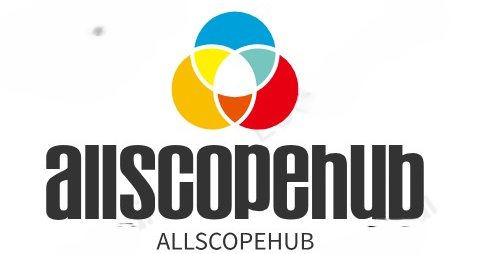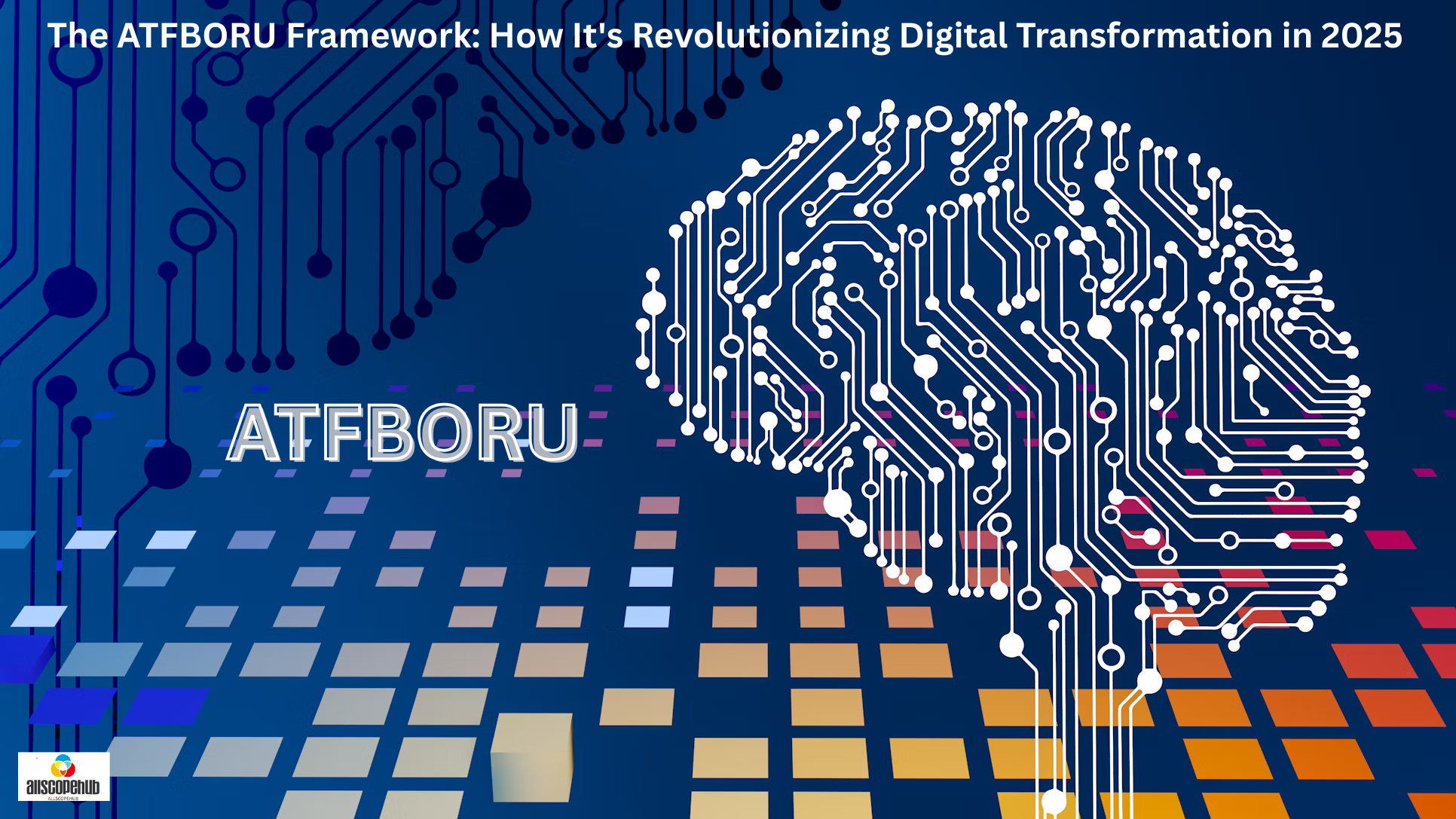Introduction: The Need for Adaptability in a Disrupted World
Digital transformation is no longer optional—it’s a necessity. Businesses today face constant pressure to adapt to evolving technologies, shifting consumer demands, and competitive threats. What worked five years ago might already be obsolete.
That’s where the ATFBORU framework steps in—a modern, adaptive methodology designed for flexibility, feedback, and fast learning. Organizations across industries are leveraging this behavior-driven strategy to build resilience, foster innovation, and ensure alignment at every level.
Let’s explore how ATFBORU works, why it’s gaining traction in 2025, and how your team can start using it to drive transformation and long-term success.
What Is the ATFBORU Framework?
ATFBORU stands for:
- Awareness
- Testing
- Frameworking
- Behavior
- Outcomes
- Refinement
- Unification
Unlike traditional rigid models, ATFBORU promotes agility and insight through continuous feedback loops. Each step feeds into the next, creating a dynamic, learning-focused cycle that helps organizations thrive in uncertainty.
Let’s break down each element:
1. Awareness – Start With What You Know
Everything begins with situational awareness. This stage involves assessing market trends, identifying internal gaps, and listening to customers and employees. Leaders often use tools like digital maturity assessments, journey mapping, or stakeholder interviews to gain clarity.
A great example is outlined in this Currishine guide on ATFBORU in 2025, which explains how awareness sets the tone for effective, data-driven planning.
2. Testing – Don’t Commit Without Evidence
Next comes experimentation. Small-scale testing reduces risk and provides rapid feedback. Whether you’re launching a new feature, trying out a new sales funnel, or implementing a policy change, testing helps validate assumptions before scaling.
This culture of experimentation is closely aligned with Lean and Agile practices, and it’s essential for startups or high-growth teams.
3. Frameworking – Build for Flexibility
Now that the data is collected, it’s time to develop systems. This doesn’t mean rigid structures—instead, think of adaptable frameworks that evolve. This could include modular product architecture, a new team workflow, or even an updated leadership model.
By building on the test results, the framework ensures teams don’t just guess—they execute with purpose.
4. Behavior – Observe and Learn
One of the most unique aspects of ATFBORU is its deep focus on behavior. Rather than assuming how users or teams will act, it promotes direct observation. Behavioral insights come from tools like session recordings, employee surveys, and analytics platforms.
For instance, tracking how users interact with a product interface often reveals more than raw numbers alone. It’s not about what people say—it’s about what they do.
5. Outcomes – Focus on Real Results
After observing behavior, it’s time to measure results. This phase emphasizes identifying KPIs that align with your original goals. Are your users more engaged? Is your onboarding smoother? Are conversions improving?
If you’re wondering how this plays out in practice, check out how companies are applying this in real-world digital strategy via Management Works Media’s case studies on ATFBORU. It provides a powerful look at outcome tracking in action.
6. Refinement – Don’t Just Celebrate, Iterate
Based on the outcome data, the next logical step is refinement. Whether something worked beautifully or failed fast, use that feedback to adjust. This ensures continuous improvement and eliminates wasteful repetition.
For example, if a marketing test increases lead quality by 40%, that insight can reshape your subsequent three campaigns. If a new tool slowed down workflow, that’s valuable data, too.
7. Unification – Align and Scale
The final step is aligning people, processes, and tools across the organization. Unification helps avoid silos, streamlines communication and builds a shared culture of innovation.
It’s not enough for one team to transform—everyone must buy in. When all departments follow a shared language and vision, the entire organization becomes more agile, efficient, and resilient.
Why ATFBORU Is Gaining Popularity in 2025
There are a few big reasons this model is growing in popularity:
- Speed of Change: Businesses need methods that evolve as fast as the market does.
- User-Centricity: Behavioral data now drives smarter, more empathetic decision-making.
- Remote Collaboration: With distributed teams, shared frameworks are essential for clarity.
- Insights-driven: Big data is only powerful when paired with a model that supports action.
Traditional transformation models often involve top-down decisions and long planning cycles. In contrast, ATFBORU supports fast action, real-time learning, and cultural adaptability. That’s why more organizations are turning to it now.
Who’s Using It?
✅ Tech Startups
Agile teams are constantly testing ideas and pivoting based on user behavior. ATFBORU helps streamline this chaos into clarity, allowing them to move fast without falling apart.
✅ Healthcare Organizations
From patient portals to back-office automation, healthcare is transforming fast. ATFBORU enables pilot testing, tracks digital usage behavior, and continuously refines systems for better outcomes.
✅ Education Providers
Schools and universities are adopting behavior-driven designs to improve engagement, retention, and outcomes. With ATFBORU, they can experiment with new content formats, adjust based on feedback, and scale only what works.
Getting Started: Best Practices for Your First ATFBORU Cycle
Ready to try it? Here are some tips to launch your first cycle:
- Pick One Problem: Start with a clear, measurable issue—maybe cart abandonment or low engagement.
- Involve the Right People: Include cross-functional reps—design, data, product, and support.
- Set a Test Window: Don’t overthink. Run a fast, 2-week test and gather data.
- Choose Tools Wisely: Use platforms that support behavior tracking and feedback (like Hotjar, Amplitude, or Microsoft Clarity).
- Document and Debrief: After each round, share wins and lessons learned across teams.
Challenges to Watch For
Of course, no model is perfect. Common roadblocks include:
- Lack of Buy-in: If leadership isn’t on board, refinement becomes resistance.
- Over-testing: Without clear boundaries, teams can fall into analysis paralysis.
- Misalignment: If one team uses ATFBORU but others don’t, scaling becomes harder.
Keep things aligned with regular communication and make transparency a norm.
Final Thoughts: Is ATFBORU Right for You?
If your business is navigating complexity, shifting user needs, or tech overload, then yes—ATFBORU is worth exploring. It offers a fresh, flexible way to stay adaptive and grounded in real behavior and real results.
It’s more than a framework—it’s a mindset for modern leaders and teams who value clarity, agility, and human-centered innovation.
Call to Action: Begin Your ATFBORU Journey Today
You don’t need to overhaul everything. Just start with one cycle—observe, test, refine, and learn. As you gather results and unify your teams, transformation will follow naturally.
The future isn’t about doing more. It’s about learning faster and executing better. ATFBORU can get you there.



